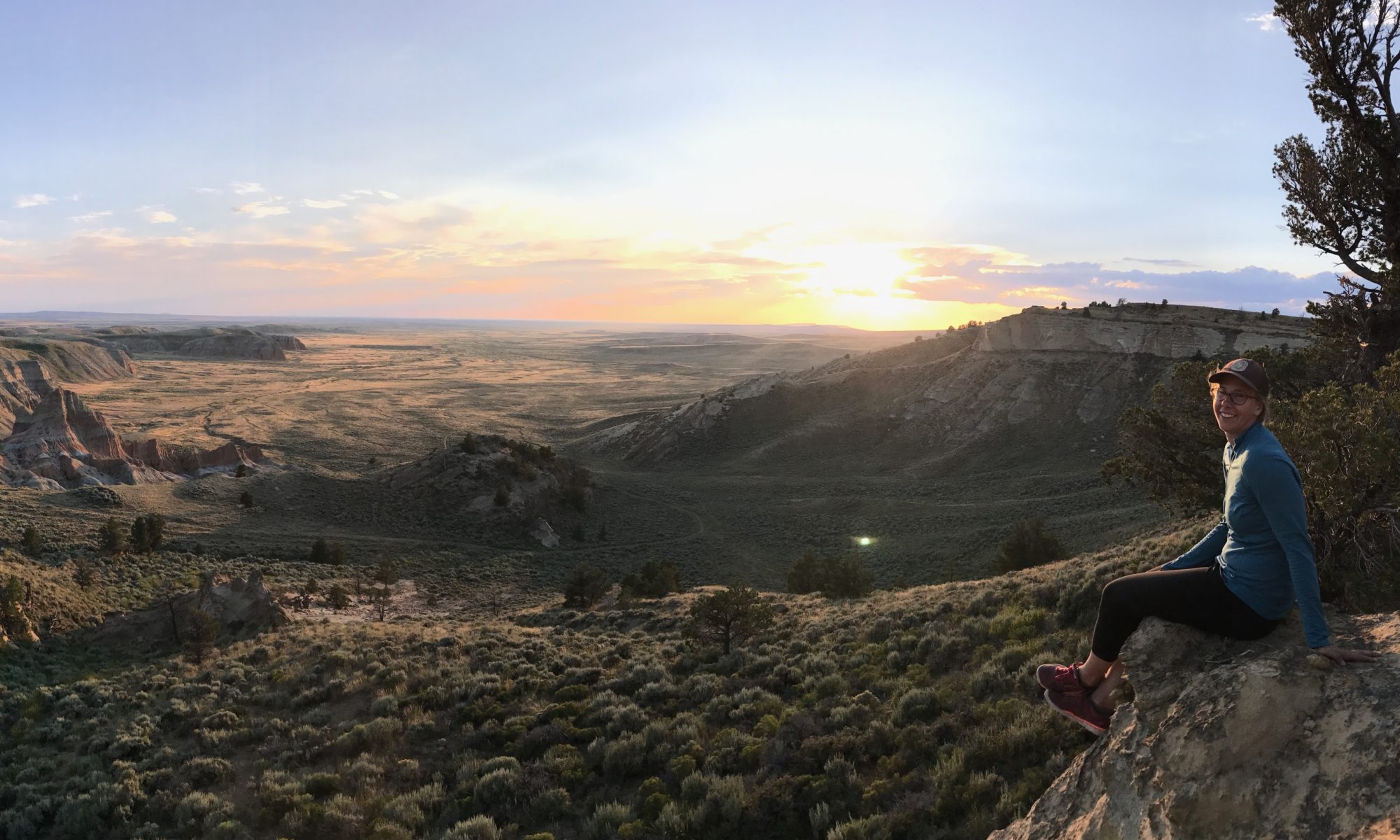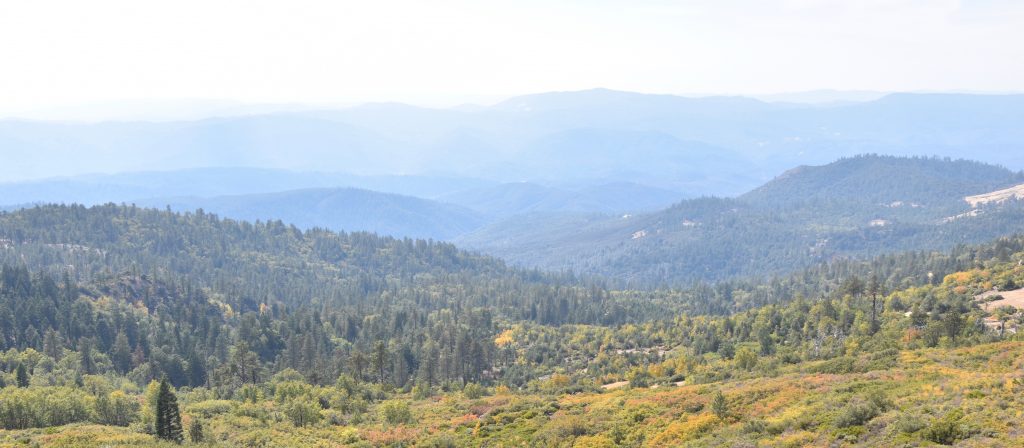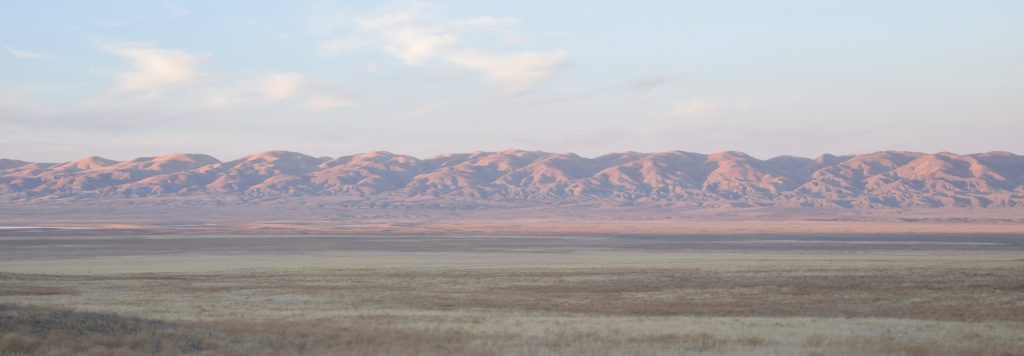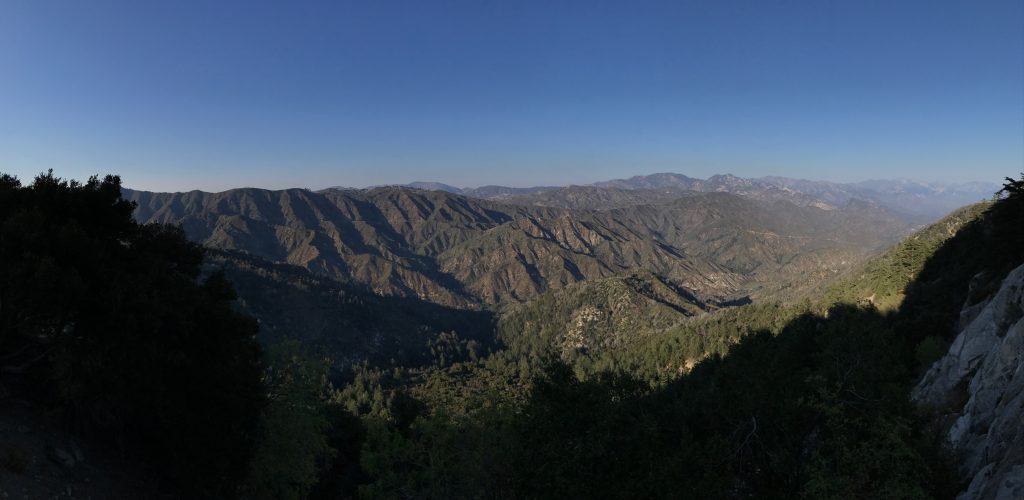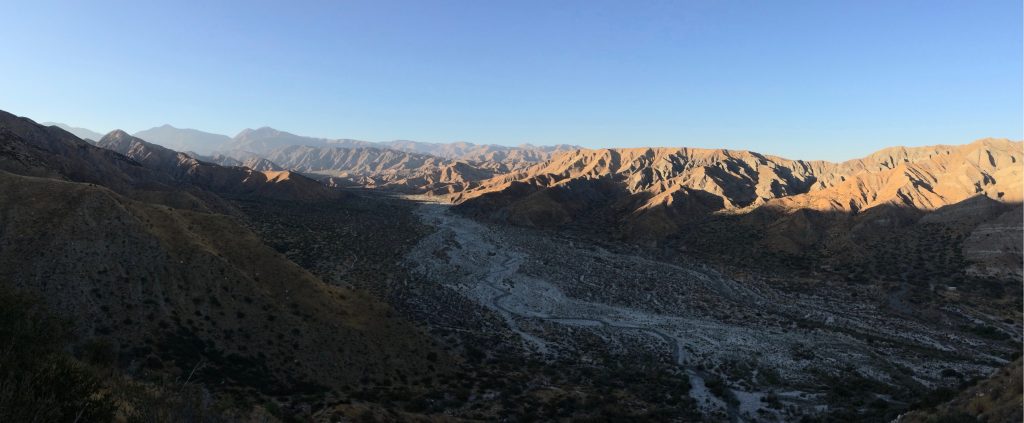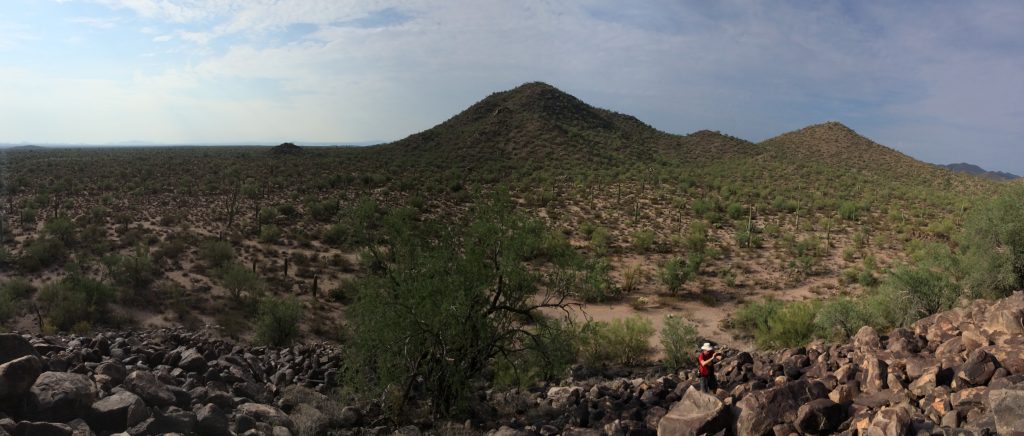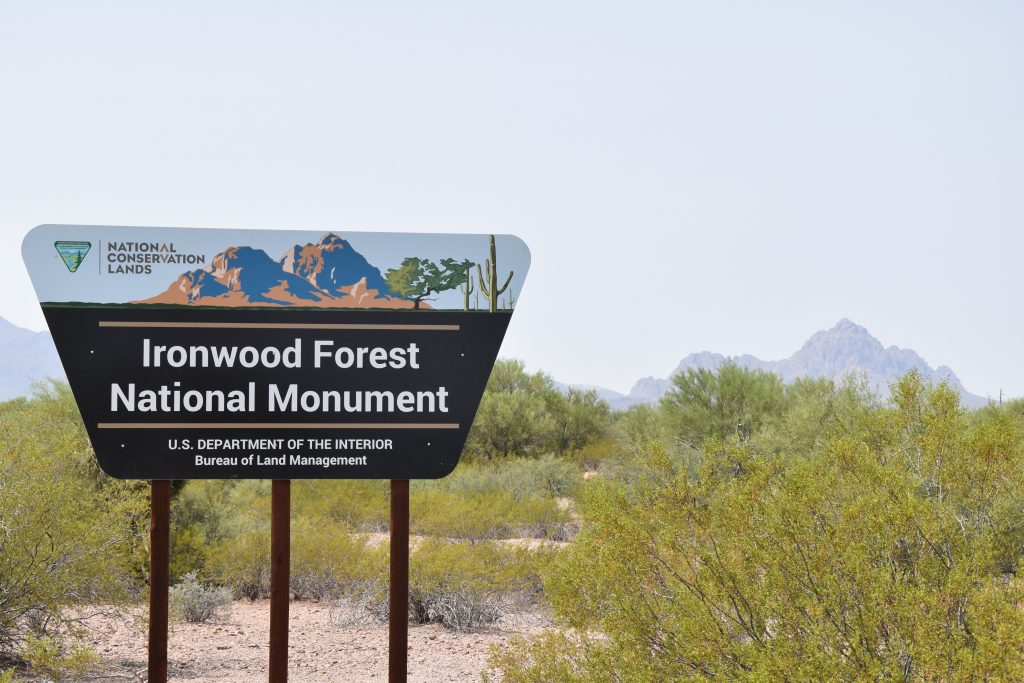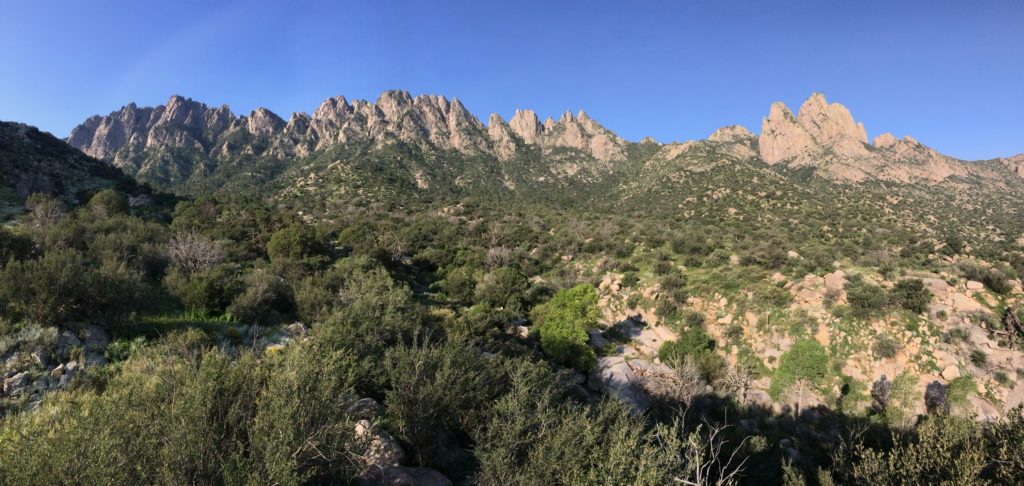
With towering fir forests, sunlight oak groves, wildflower-strewn meadows, and steep canyons, the Cascade-Siskiyou National Monument is an ecological wonder, with biodiversity unmatched in the Cascade Range. The rich enclave of natural resources is a biological crossroads — the interface of the Cascade, Klamath, and Siskiyou ecoregion, in an area of unique geology, biology, climate and topography. The Monument is home to a spectacular variety of rare and beautiful species of plants and animals, whose survival in this region depends on its continued ecological integrity.” – Presidential Proclamation, June … Read the rest
